
10 things you should know before going hiking in iceland – Kjolur trail in July
In 2014-2015 I lived in Iceland for about a year and while being there I executed nine very different hiking trips. Being accustomed to hiking in the Alps, I noticed that the Icelandic mountains differ from the Alps in many ways. In order to help you stay safe and comfortable while hiking in this northern country, I will in the following describe what surprised me the most there – as well as give you some basic tips which will improve your “Icelandic experience”. If you have any additional questions about hiking in Iceland please don’t hesitate to drop me a line in the comments section below.
Here are the 10 things you should know before going hiking in Iceland.
1. Weather
The weather in Iceland is in general bad and you’ll have to be very lucky to get a sunny day for hiking. From the nine hiking trips that I conducted (and logged) through the period of six months none was done on a completely sunny day. Unsurprisingly, you are most likely to experience sunny, if not warm weather in the three summer months. Regardless of season, the weather can change extremely fast and the strong wind never stops blowing as there is little shelter to be found among the few trees in Iceland. The temperatures in summer rise up to 20 C and drop to – 10 C in winter. However, because of the wind chill effect, it feels much colder. I didn’t wear shorts or short sleeves outside even once. I would thus recommend bringing windproof, waterproof and insulated clothing, no matter the season for your travel.
2. Day length
The day length is definitely something you should take into account before heading out on a trail. In summer days are extremely long (as much as 23 hours in June) and in winter extremely short (as little as 4 hours in December). Therefore winter isn’t the best season to go for longer hiking trips in Iceland – at least if you prefer to hike in daylight.
3. You (probably) don’t need a guide
Guided hiking tours are a lucrative business in Iceland and they will indeed try to convince you that you need a guide for your trip, even if it is short and simple. However, I think that if you are not a complete beginner and you have some basic navigation skills, it is a total waste of money to hire a guide. And it’s not cheap; getting a guided hiking trip on the Kjolur trail will cost you approximately 150.000 ISK (1066 €, 1171 $) per person. Regardless of your experience and skills, you should always get a guide if you want to visit a gletcher or active vulcano.
4. Transport
Public transport is expensive but relatively efficient. It consists of the national bus company Straeto and several private companies like SBA Nordurleid, Reykjavik Excursions, Getlocal etc. which often cooperate (e.g. by setting similar prices or sharing vehicles). If you are more than one person travelling longer distances (more than 90km), it might be cheaper to rent a car. The rent-a-car prices differ but if you are travelling on budget you should be able to rent a normal car for around 10.000 ISK (64 €, 78 $) per day. A company called Friend in Iceland offers good prices and friendly service. Please note that the interior of Iceland can’t be reached by an ordinary car – you will need a 4×4 vehicle and good driving skills in order to travel safely there.
However, you can reach starting points for most hiking trips by public transport – even starting points of the famous trails in the interior such as the Kjolur and Laugavegur trails. The buses drive daily during the period from 1st of May to 15th of October and less frequently in the cold season. You can buy a “bus passport” from one of the private companies mentioned above to travel all over Iceland by buses as you like (which may only pay off if you are travelling by yourself over great distances) or you can buy for each travel separately. In the interior special truck buses are utilized and therefore also the prices are higher. For example the bus fare from Reykjavik to the starting point of Kjolur route (Hvitarnes) will cost you approximately 5000 ISK (32 €, 39 $). Some trails in the vicinity of the capital, like for example the famous Mount Esja trail, can be reached by Reykjavik city buses. The ticket for the city bus costs 400 ISK (2.6 €, 3 $) and it allows you unlimited number of transfers within 75 minutes of the purchase. City buses are usually on time but in harsh winter conditions delays can occur. The tickets can be purchased on the bus or through the Klappid app which is available for Android and Apple devices. Also check our review of the Best 5 Hiking Trails in Iceland Reachable by Public Transport.
5. Gear required
As I already mentioned the weather in Iceland is in general bad and therefore some caution is required when packing a backpack. I would advise against going hiking without windproof/waterproof and insulation clothing – no matter what the weather forecast shows as it often doesn’t stick throughout the day. Also keep in mind that the mountains are covered with snow most of the year. Bring crampons and an ice axe, unless you are strictly planning to hike in the summer time as many beautiful mountains will otherwise be inaccessible to you. If you are planning to hike in the Icelandic Highlands I would advise you to call mountain huts along your route to get up-to-date information about the conditions. Hiking the Kjolur route in July, it happened to me that a steep part of the trail was still covered with snow and therefore additional equipment (crampons, ice axe) was required to cross it safely. I somehow managed to bypass it in a less than safe manner but this is not something to rely on. As Iceland is not well-populated I would also advise you to use some navigation tool such as GPS watch or a handheld GPS device.
6. Purchasing equipment
Iceland can boast of several brands for outdoor gear and clothing, such as 66° North, Cintamanni etc., and Reykjavik has several stores with gear from these brands as well as established foreign brands such as The North Face, Montane and Mammut. However, prices are very high – even compared to Scandinavia or the States, and while you might receive up to a 12% tax refund for purchases of 5.000 ISK or greater I do not recommend that you rely on shopping gear in Iceland for any adventures in the outdoors. One exception to this is the Icelandic branch of SportsDirect in the Kopavegur district of Reykjavik; here you will find a small selection of decent things for a fair price.
7. Supplies and accommodation
In terms of grocery shopping, prices are again very high – especially for fresh fruit and vegetables. You will, however, have to bring supplies for longer trips as most of the mountain huts you will pass during a hike (especially in the interior) don’t sell food. There are several grocery chains in Reykjavik which greatly differ by prices. I found Bonus and Kronan to be the least expensive and therefore I would recommend you to shop there – especially search for products from European brands called Euroshopper (Bonus) and First Price (Kronan) as they come for a really good price.
When it comes to accommodation on a hike, many trails have small huts along the way. Sleeping in a hut will cost you approximately 5000 ISK (32 €, 39 $) per night. Please note that you still have to bring a sleeping bag as the huts don’t provide bed linen. Some huts are equipped with kitchen and showers (paid separately). If you decide to bring a tent for your hike, make sure that you have a decent sleeping bag and that the tent poles are put so firmly into the ground that it can resist the strong wind and occasional rain showers. There is a lack of tourist accommodation in Reykjavik, so make sure to book in advance of your arrival. Airbnb might be a good place to find a place for a longer stay.
8. Alert
If you are hiking in the vast interior of Iceland, always let somebody know where and for how long you are planning to go exactly. Even in the summer time, people can get lost and not be found in time to save their lives. Keep in mind that the interior of Iceland is not well-populated and if you miss the direction it might take you days, if not weeks to come back to civilization. Furthermore, there is no GSM signal in remote areas and therefore you won’t be able to make an emergency call from an ordinary cell phone. When we went on the Kjolur trail, we did tell people that we were going hiking, but not exactly where – which we count as one of our worst mistakes while hiking.
9. The People
The Icelanders might seem to be a reserved bunch (outside the weekend’s buzzling nightlife), but when approached they will be more than happy to answer your questions and aid you in any way they can. Their English is good and as many foreigners live in Reykjavik and surroundings they are used to speak it. While hiking in the interior of Iceland you will probably meet more foreigners than Icelanders as Iceland has indeed become a hiking paradise for people from all around the world.
10. After hiking parties are expensive
If you like to go out for a drink after concluding a hike it can get quite expensive. Beer in an ordinary bar in Reykjavik will cost you around 1000 ISK (7 €, 7.7 $) and a coffee comes for around 400 ISK (2.6 €, 3 $). There are several places in Reykjavik that I would recommend. Dillon Whiskey Bar is a great place for those who want to hang out with friends in a relaxed atmosphere. The bar is in two floors and the upper floor is used for concerts. You can get a quite broad selection of liquors there and the prices are reasonable (at least for Iceland). For those who want to go party I would recommend the B5 club which is located near Lækjartorg on Laugavegur Street. There you can definitely experience real Icelandic parties. However, you probably won’t be able to enter this club in hiking boots as it has a dress code.
Photo Gallery
Here are some photos which I took on my nine hiking trips.
Looking for good hikes in Iceland? Checkout the “Hiking Iceland” section where I described all my hikes in Iceland.
I’d love to hear your thoughts onhiking in Iceland. Write them in the comments section below.
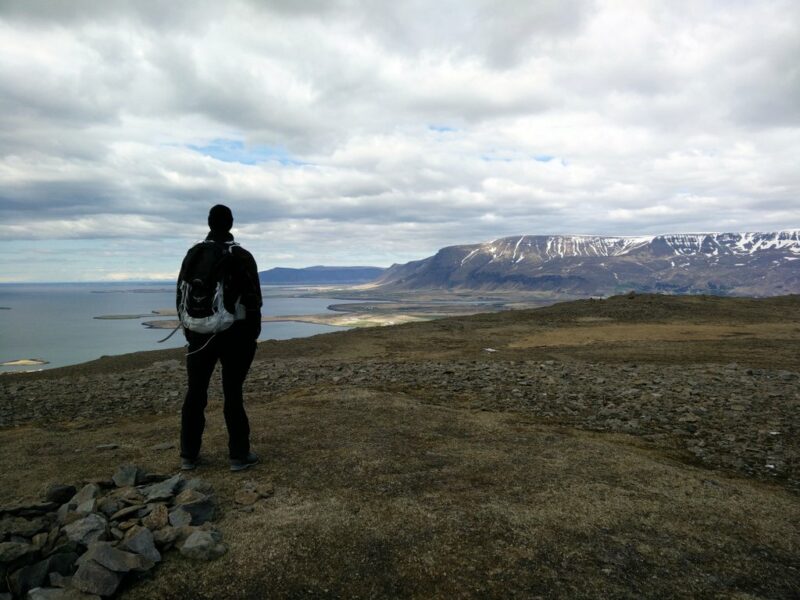
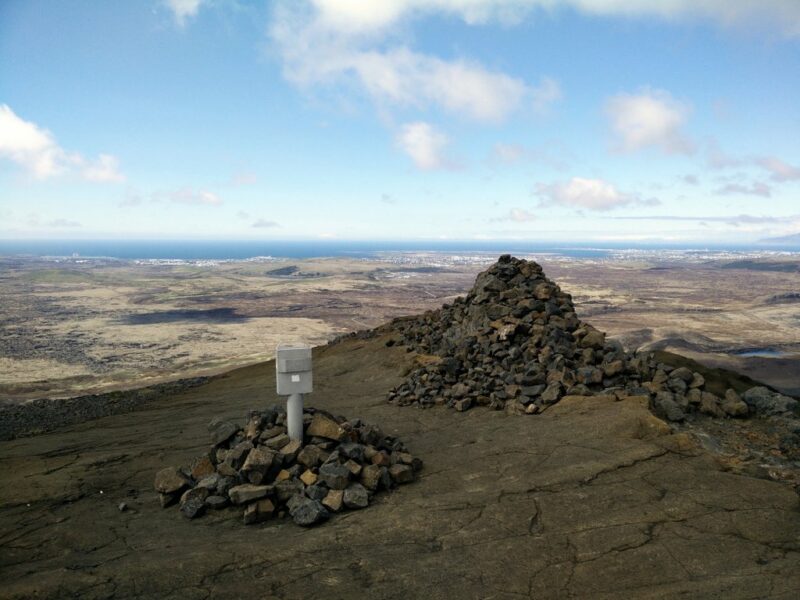
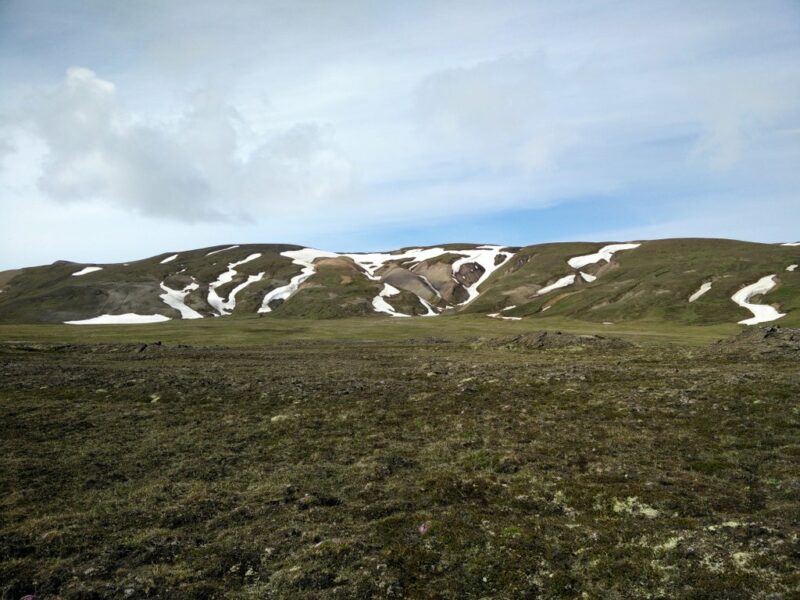
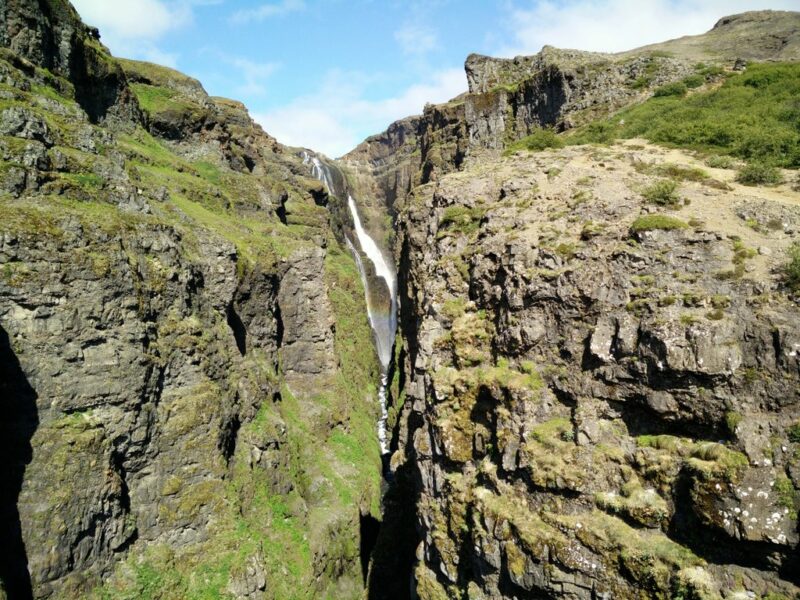

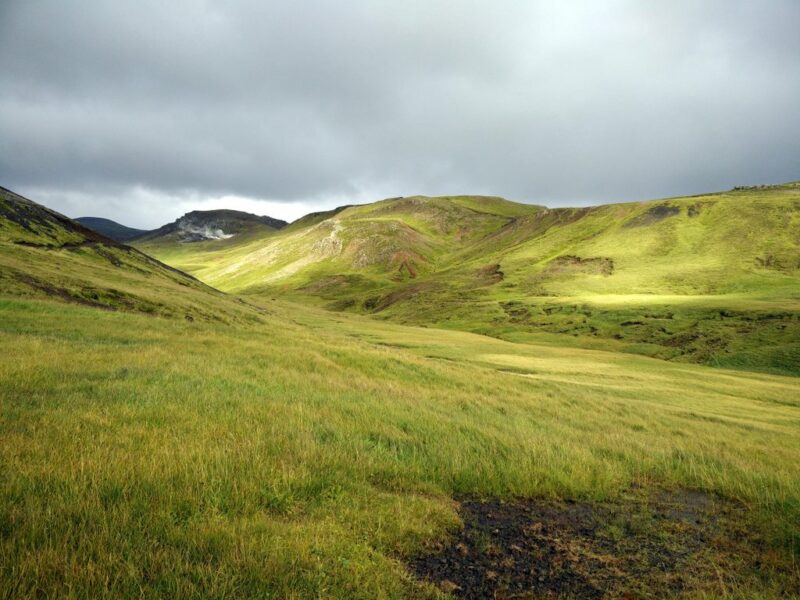
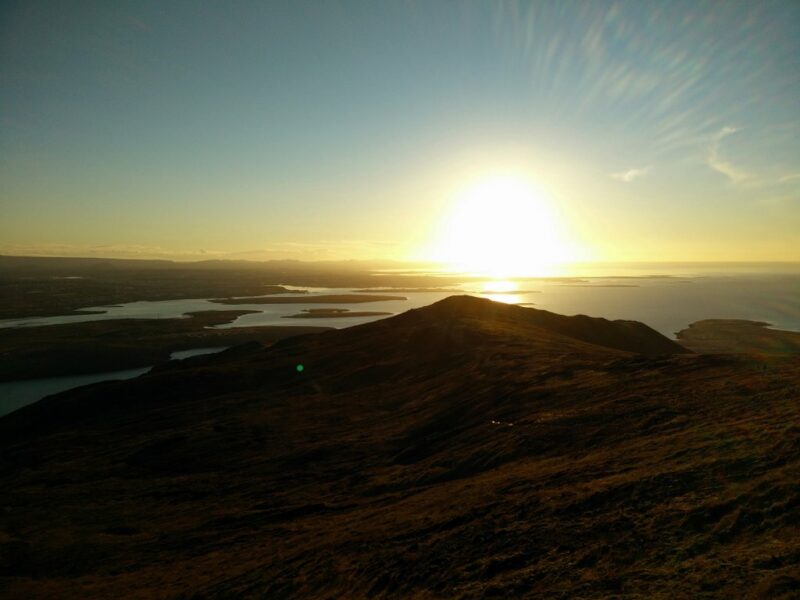
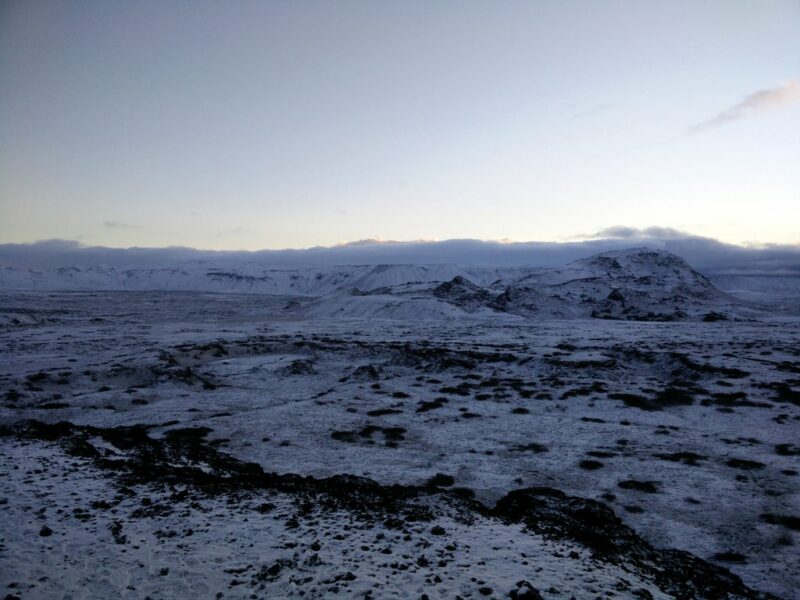

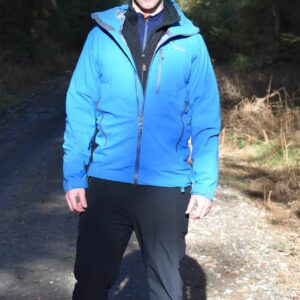
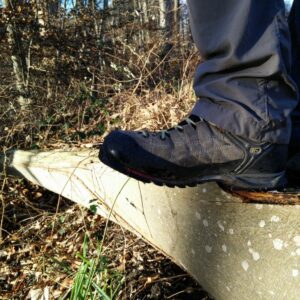
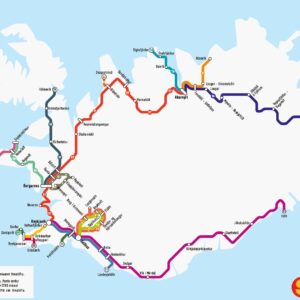











Hi, I’m considering going to Iceland in June. Is that a good month to go hiking?
Hi Amy,
it really depends where in Iceland do you want to go hiking. For example bus routes to Icelandic Highlands where the most popular trails are (Laugavegur, Kjolur etc.) typically start operating in late June/early July depending on the road conditions there (weather) and thus you can’t know for sure that you’ll be able to do these hikes in June. Some trails at higher altitudes (like for example Mount Esja trail which reaches the altitude of 900 meters) might still be covered with snow in June and thus require experience with winter hiking and equipment such as crampons, ice axes etc. Nevertheless, many hikes can be done in June without a problem but check the weather and conditions on trails before going.
Thanks for the good tips. I am hoping to plan a surprise trip for two, for about 14 days in April. budget is very tight, but we would like to do some easy to moderate hiking and camping, but also not too busy routes, and possibly get to some of the more special area’s of fauna and flora. Please let me know of any suggestions you might have. Many thanks.
Hi John,
you can see all my hikes in Iceland here: https://nailthetrail.com/category/hiking-trails/hiking-iceland/
Note that in April many trails will be still covered with snow and ice and thus not doable unless you have appropriate equipment (crampons etc.).
I was thinking of hiking in late September as I’m hoping, with luck, that I’ll be able to see northern lights. What grade of sleeping bag (temperature) will I need, and how many hours of daylight are there?
Hi Mary,
That’s hard to say without knowning where in Iceland you’ll hike. For example, interior of the island is much colder than the exterior. The temperature also decreases with altitude etc. In any case I recommend bringing a good winter sleeping bag. There is still quite some daylight in September. The exact sunrise and sunset times are available here.
I wish you nice and safe hiking in Iceland.
Best regards,
Blaz